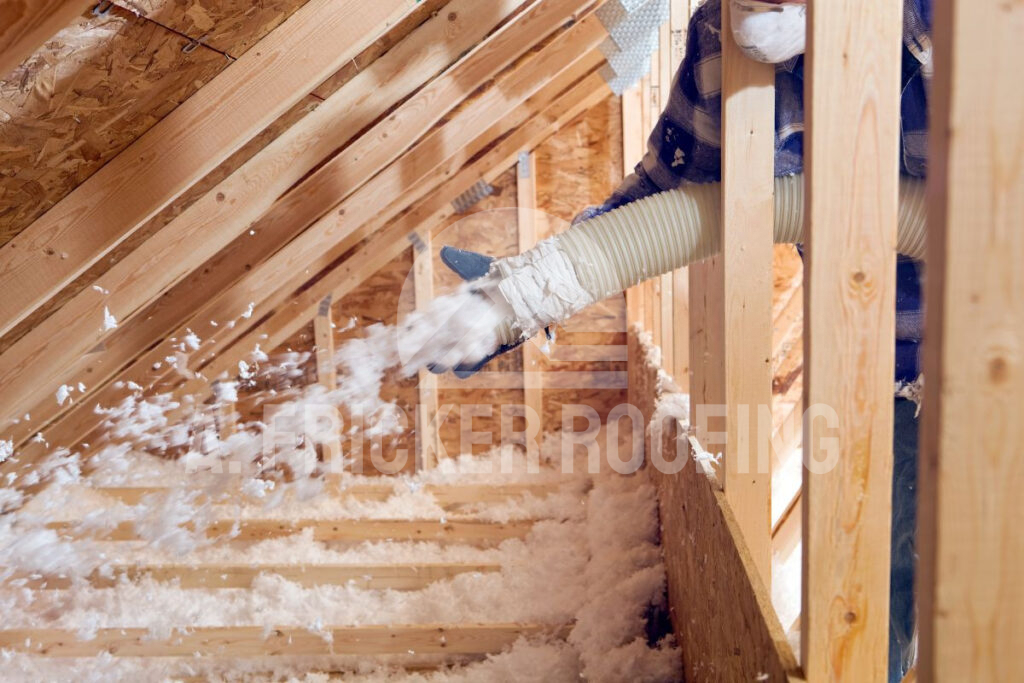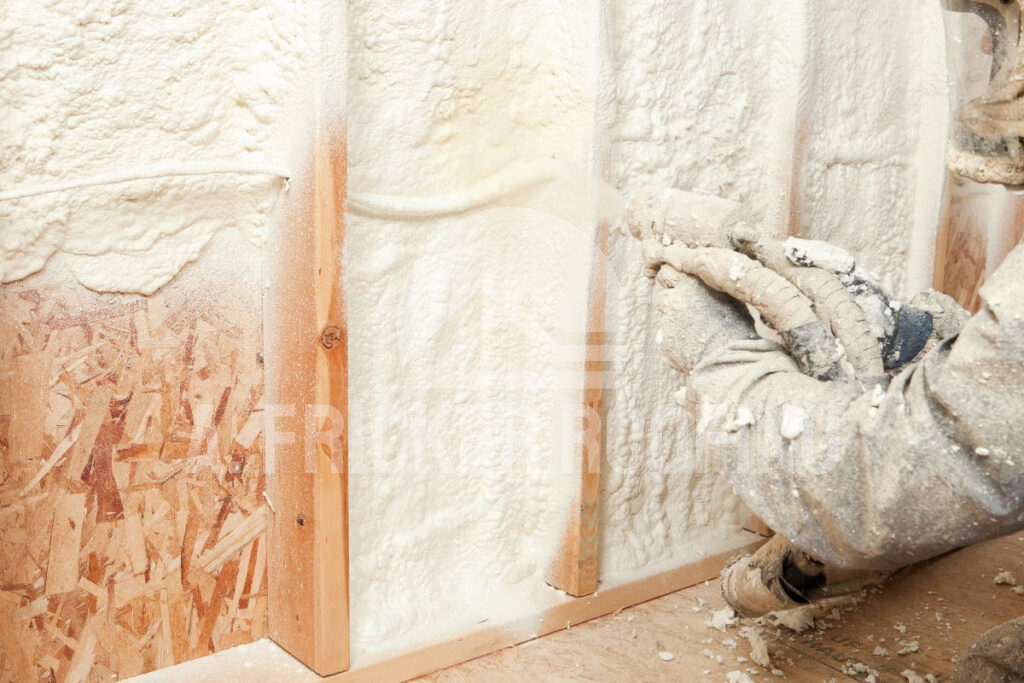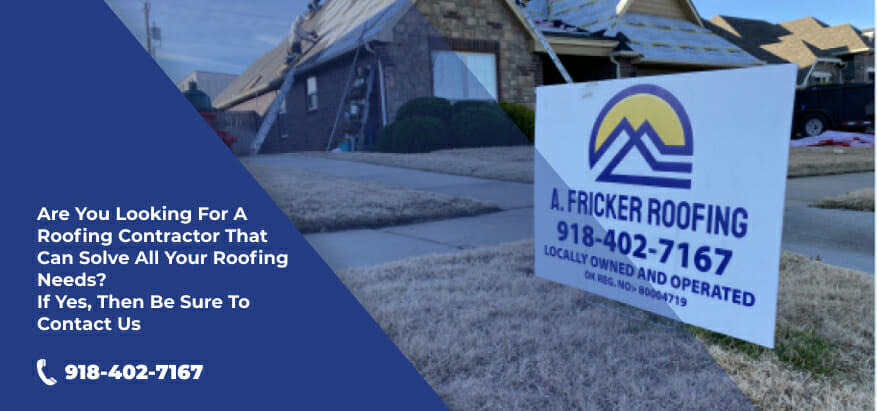Proper attic insulation is crucial for keeping your home cozy during the chilly winters and cool during sweltering summers. However, insulating attics can be a daunting task, especially for DIYers. If not done correctly, it can lead to costly mistakes and inefficient coverage, resulting in higher energy bills and discomfort. This comprehensive guide will walk you through the best way to insulate attic spaces and help you avoid common DIY pitfalls.
How to Insulate an Attic: Step by Step
1. Assess Current Insulation and Attic Condition
Before diving into the insulation process, it’s essential to evaluate the existing state of your attic. This step will help you determine the appropriate course of action and identify potential issues that need to be addressed.
a. Inspect Existing Insulation
Start by examining the current insulation in your attic. If it’s old, compressed, or damaged, it may be time for a complete replacement. Additionally, check for gaps or missing insulation around pipes, wires, and other obstructions. These are common areas where insulation can be compromised.
b. Check for Moisture Issues
Moisture buildup in the attic can lead to mold growth, rot, and compromised insulation efficiency. Look for signs of leaks, condensation, or dampness. If you notice any of these issues, address the underlying cause before proceeding.
2. Choose the Right Insulation Material
Not all attic insulation materials are created equal. Selecting the appropriate type for your attic is crucial for achieving optimal thermal performance and energy efficiency.
a. Fiberglass Batt Insulation

Fiberglass batts are a popular choice for insulating attics due to their affordability and ease of installation. They come in pre-cut sizes, making them convenient for standard attic spaces. However, they require precise fitting to prevent gaps and air leaks.
b. Blown-In Insulation (Fiberglass or Cellulose)

Blown-in insulation, made from fiberglass or cellulose (recycled paper products), is an excellent option for proper insulation in attic spaces with irregular shapes or hard-to-reach areas. It provides complete coverage and can effectively fill even the smallest crevices.
c. Spray Foam Insulation

For superior air sealing and insulating properties, spray foam insulation is an excellent choice. It can be applied seamlessly, filling every nook and cranny and effectively blocking air leaks. However, it’s more expensive and often requires professional installation, though some DIY kits are available.
Related: 3 Top Metal Roof Insulation Materials For Enhancing Your Metal Roof
3. Calculate Insulation Needs
Before purchasing insulation materials, determine the amount you’ll need by measuring the square footage of your attic space. Additionally, consider your climate zone’s recommended R-value (a measure of insulation’s ability to resist heat flow).
Determine R-Value Requirements
The U.S. Department of Energy provides guidelines for recommended R-values based on climate zones. For instance, if you live in a cold climate, you’ll likely need an R-value of R-49 or higher for your attic insulation.
4. Prepare the Attic
Proper preparation is fundamental to ensuring a successful attic insulation project. This step involves sealing air leaks and creating a suitable environment for insulation installation.
Seal Air Leaks
Before you install insulation, seal any gaps or cracks in the attic floor, around electrical fixtures, plumbing pipes, and other penetrations. This will prevent air leakage and improve the overall efficiency of your insulation.
5. Install the Insulation

With the right materials and a well-prepared attic, it’s time to tackle the insulation installation process. The method you choose will depend on the type of insulation you’ve selected.
a. Fiberglass Batts
Measure and Cut: Measure the space between joists and cut batts to fit.
Place Batts: Lay the batts between the joists, ensuring a snug fit without compressing the material.
Cover Entire Area: Install a second layer perpendicular to the first layer if additional insulation is needed for the desired R-value.
Handle Obstacles: Cut around any obstructions like vents or pipes to ensure full coverage.
Secure Batts: Use wire or insulation supports to hold the batts in place if necessary.
b. Blown-In Insulation
Prepare the Blower: Rent a blowing machine from a home improvement store.
Load the Machine: Load the insulation material (fiberglass or cellulose) into the machine.
Blow Insulation: Start blowing the insulation into the attic, beginning at the farthest corner and working back towards the hatch.
Coverage: Ensure the insulation is distributed evenly across the attic floor, filling all gaps and covering the joists.
Measure Depth: Check the depth of the insulation to ensure it meets the required R-value.
c. Spray Foam
Prepare the Area: Clear the attic of any items and cover surfaces you don’t want sprayed.
Use Proper Equipment: Wear protective gear, including a mask, gloves, and goggles.
Seal Large Gaps: Fill large gaps and cracks with spray foam before the main application.
Spray Application: Apply the spray foam evenly across the attic floor or between rafters, depending on where insulation is needed.
Build Up Layers: Spray in layers to the desired thickness, allowing each layer to expand and cure before adding the next.
Trim Excess: Once cured, trim any excess foam that extends beyond the desired thickness.
6. Insulate and Seal the Attic Hatch
Don’t forget about the attic hatch or door! This opening can be a significant source of air leaks and heat loss if not properly insulated and sealed.
Hatch or Door
Insulate the attic hatch or door using rigid foam insulation or fiberglass batts.
Weatherstripping
Install weatherstripping around the perimeter of the hatch or door to create an airtight seal when closed.
7. Safety and Maintenance
As with any home improvement project, safety should be a top priority when insulating your attic.
a. Wear Protective Gear
Ensure you wear appropriate personal protective equipment, such as gloves, safety glasses, and a respirator or dust mask, to avoid inhaling insulation fibers or particulates.
b. Avoid Blocking Vents
Be careful not to cover or block any attic vents or exhaust fans, as proper ventilation is essential for preventing moisture buildup and maintaining a healthy attic environment.
c. Periodic Checks
Regularly inspect your attic insulation for signs of damage, compression, or moisture buildup. Addressing any issues promptly will help maintain the insulation’s effectiveness and extend its lifespan.
Contact The Expert Roofers In Tulsa, OK, For Your Roofing Needs
Insulating an attic can be a daunting task. It requires careful consideration of the materials, the right tools, and specific skills to complete. If you are doing it for the first time, then it is best to consult a roofing professional. The roofers at A. Fricker Roofing and Waterproofing can guide you to the best insulation materials for your roofing needs, the required R-value in your area, and the best way to insulate the attic. Before starting any roofing project, our roofers will inspect your roof and attic. Contact us today at (918) 402-7167 and consult a roofing professional for your residential or commercial roofing needs.

